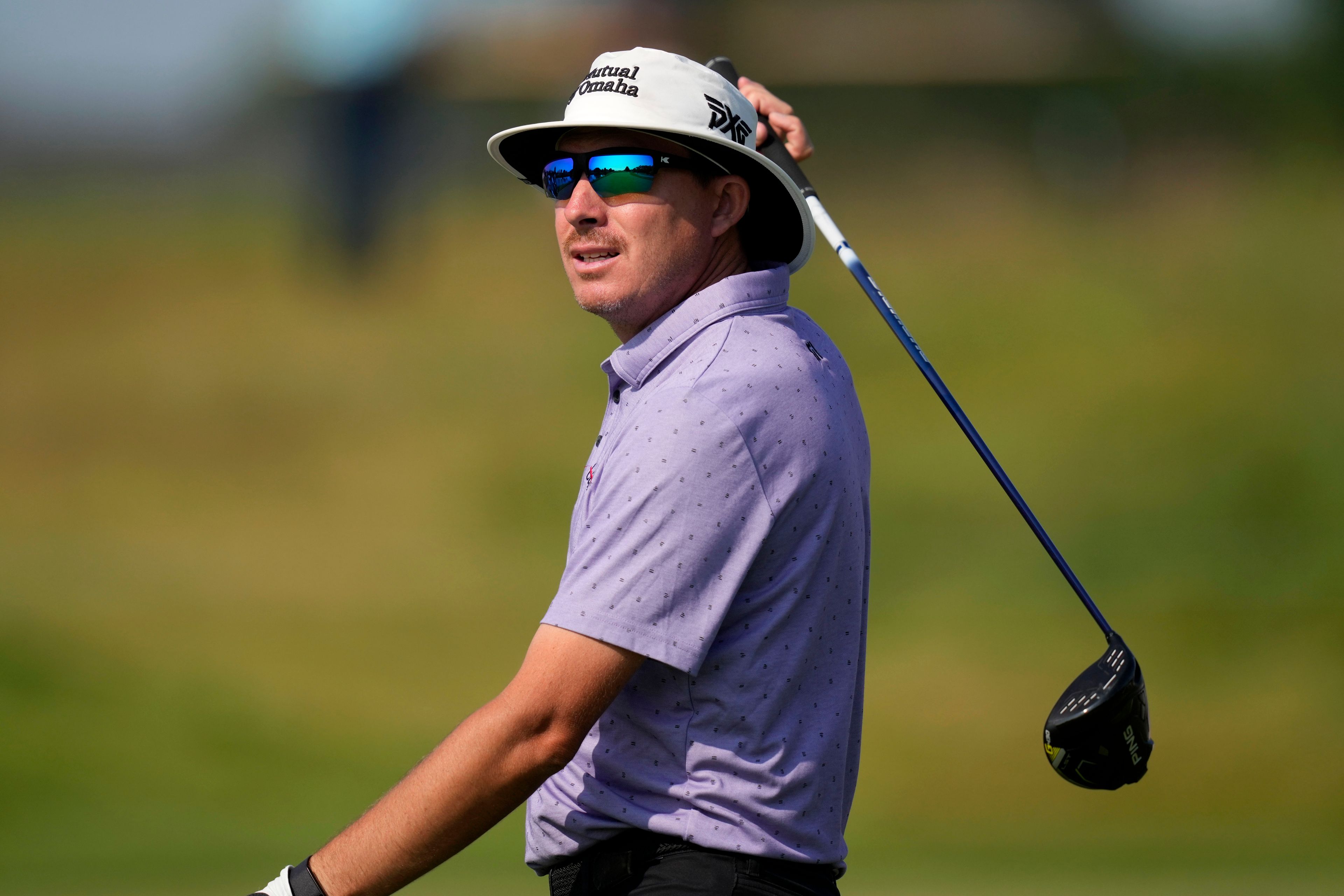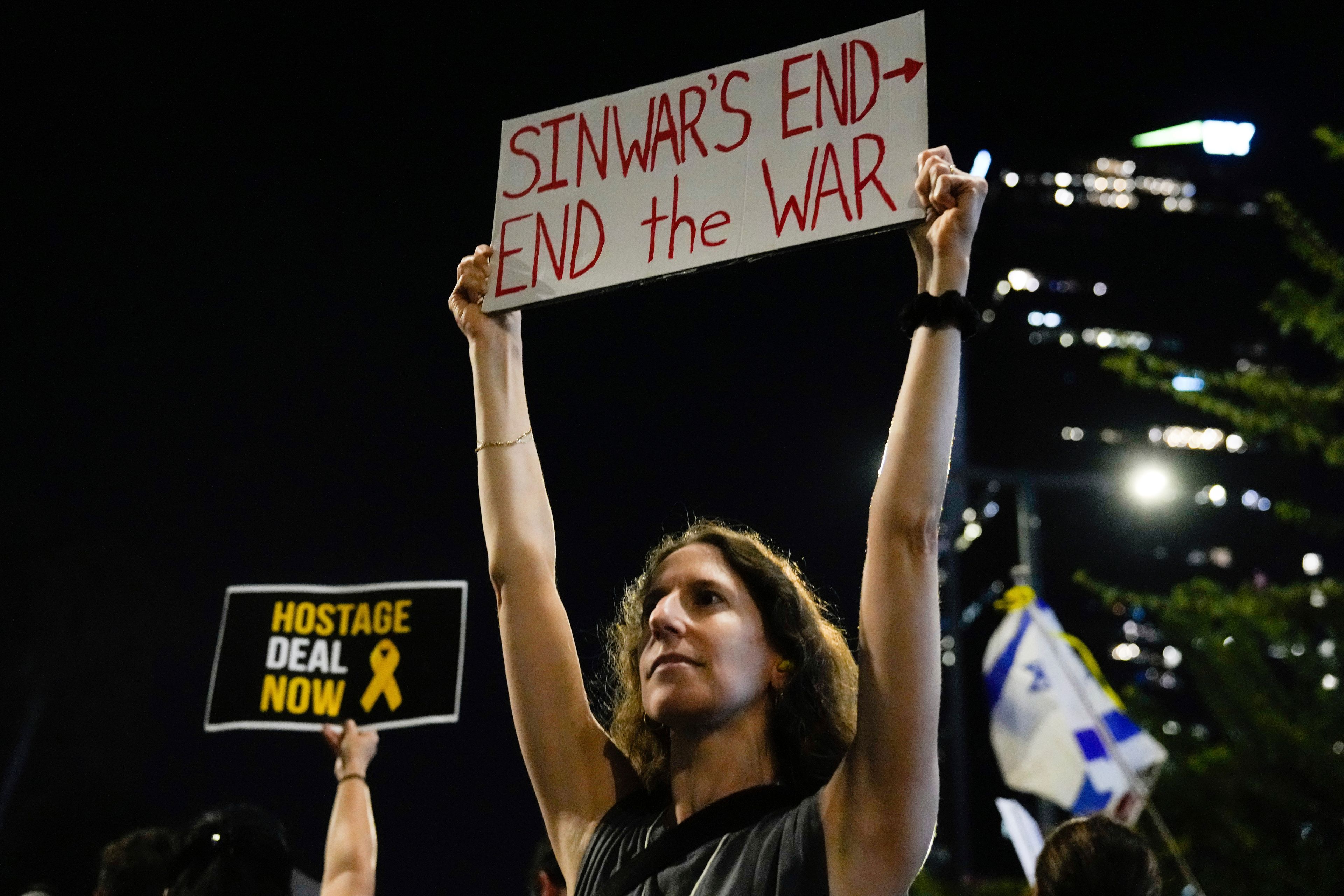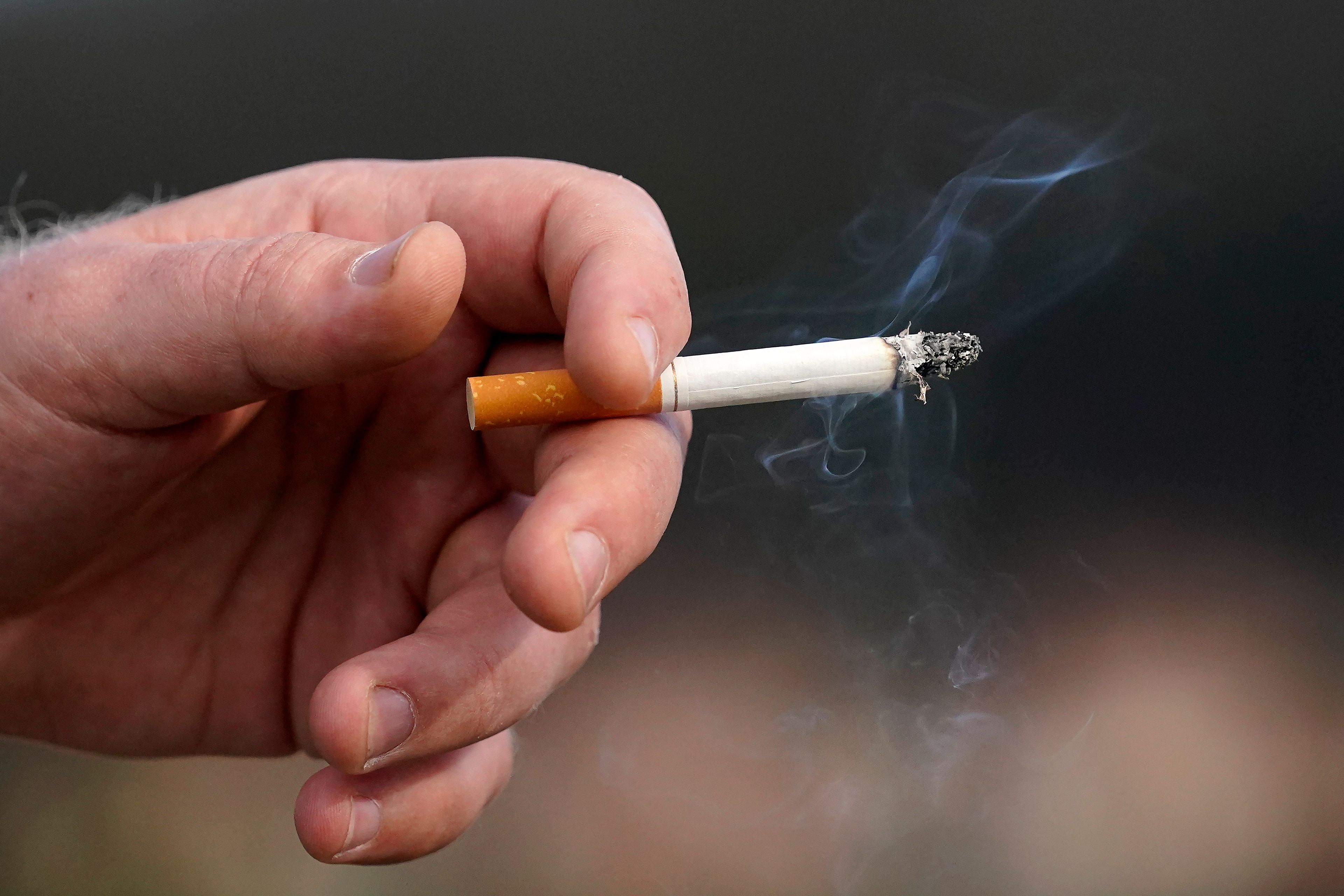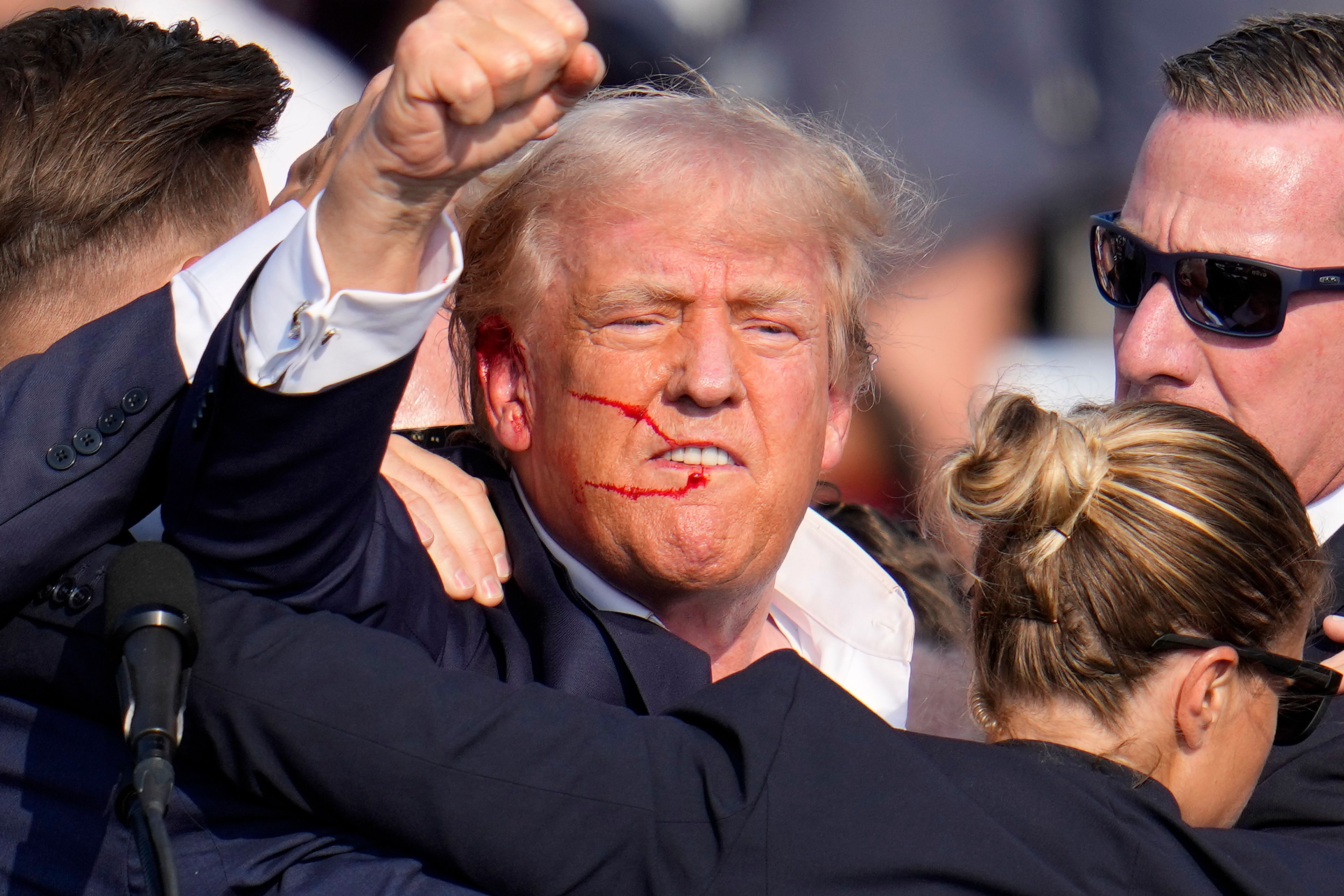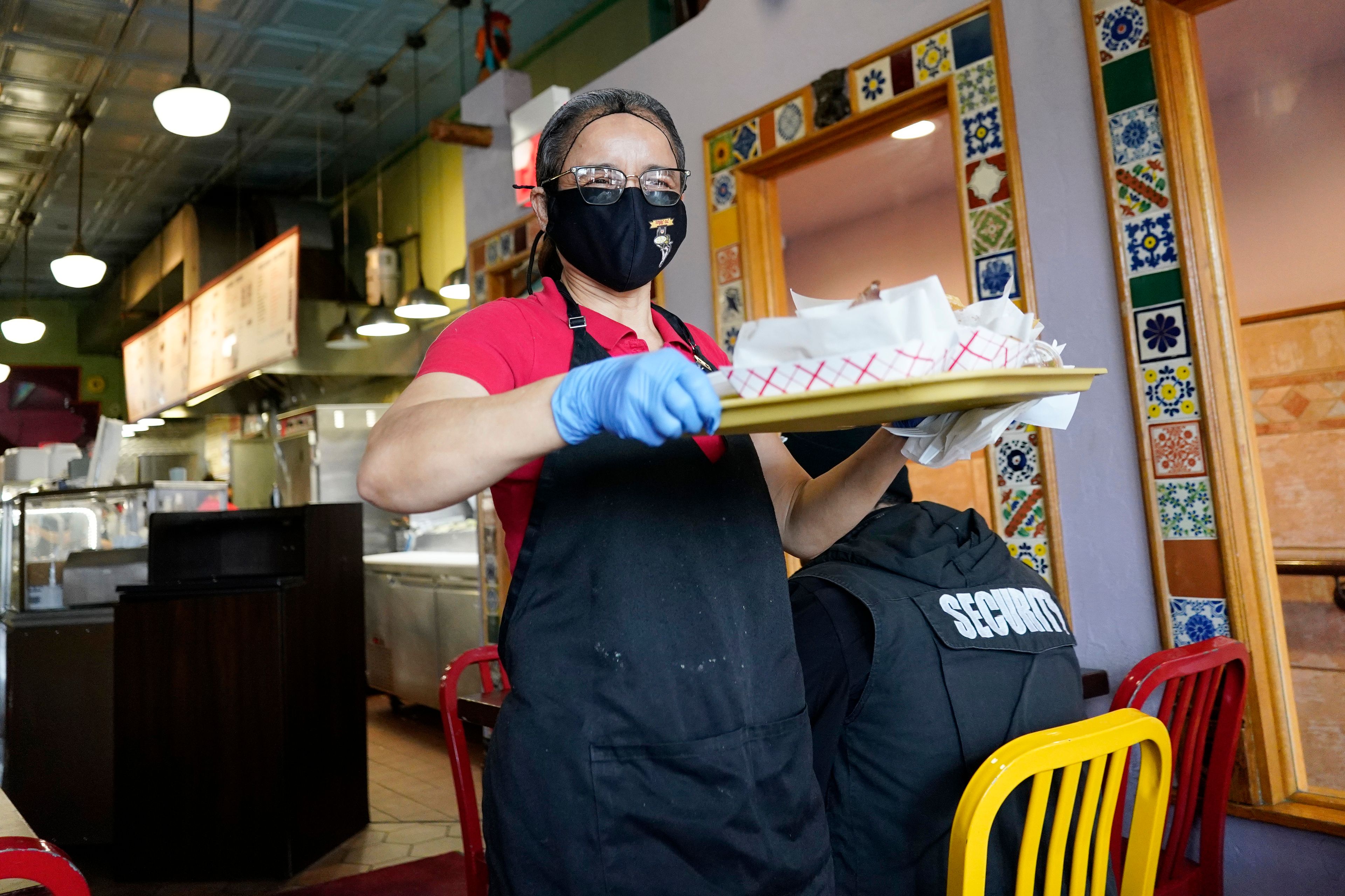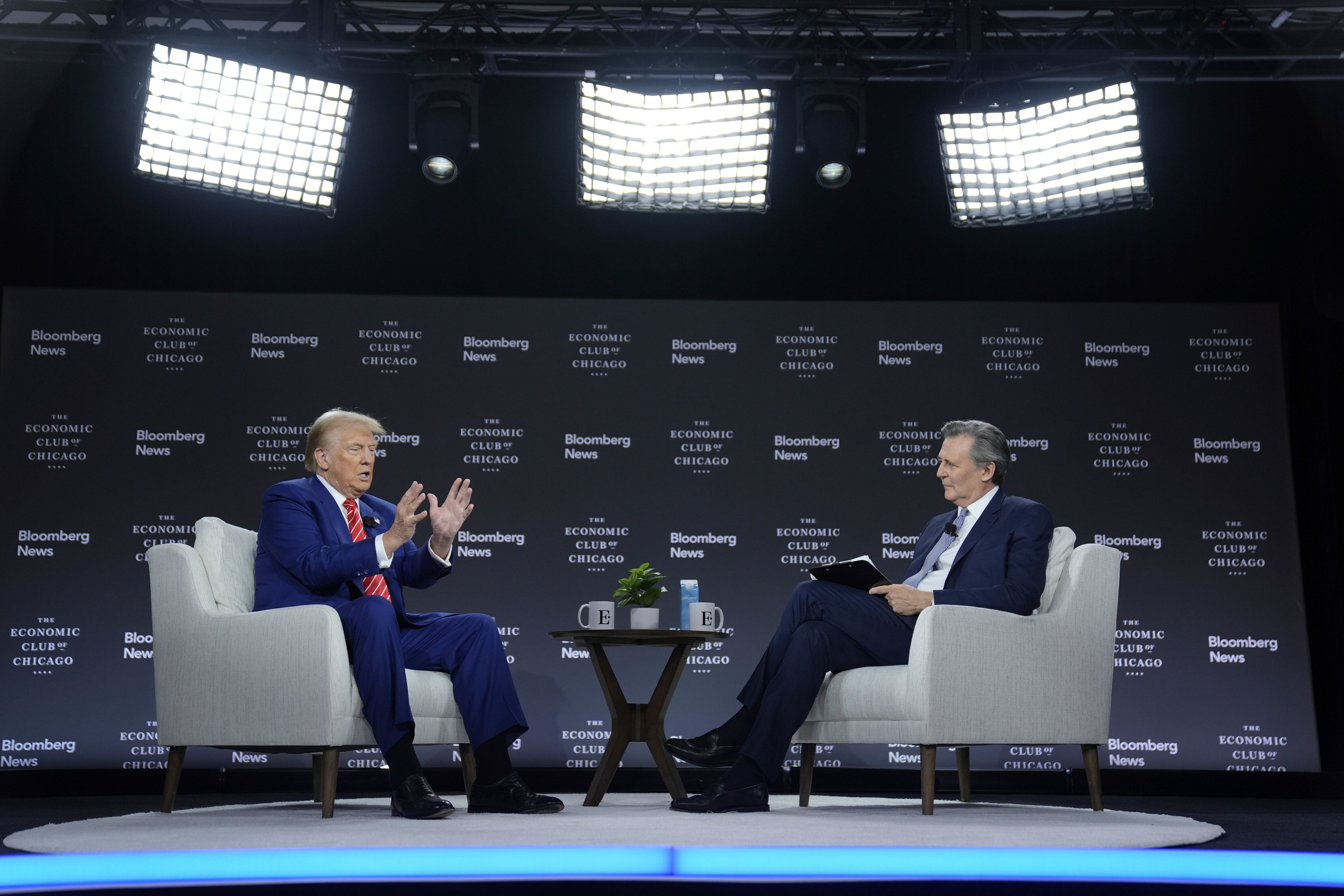Are police required to protect people during mass shootings? The legal answer is no
Police aren’t required to protect you.
When shots ring out in a school, the law doesn’t demand police rush inside and confront the shooter, even if lives could be saved.
There’s an expectation that they will — as the motto “To Protect and to Serve” suggests — and departments train and prepare to do so. But as the courts have found, there is no law to hold officers accountable if they don’t.
The so-called “public duty doctrine” doesn’t apply to mass shootings only, but also a practically innumerable spectrum of possible scenarios, according to experts. The doctrine holds that “an individual has no duty to come to the aid of an individual,” and that principle extends to police officers. They have no more legal responsibility to save someone than an average citizen, in most circumstances.
“What duty do police have to protect individual members of the public? The short answer is not much,” Phillip Lyons, dean of the College of Criminal Justice at Sam Houston State University, told McClatchy News.
“The Supreme Court said that there’s generally no duty that exists to protect individual members of the public,” Lyons said, though there are exceptions, such as when an individual is taken into police custody.
But in the aftermath of the May 24 mass shooting at Robb Elementary School in Uvalde, Texas — where 19 officers waited outside a classroom for 50 minutes with the 18-year-old gunman inside — the ethical duty of police to respond and protect is being debated far and wide.
The not-so-well-known public duty doctrine has been wielded by critics — particularly on social media — with some suggesting that it could have played a role in how police handled the situation.
“The police aren’t obligated to protect the public,” one Twitter user wrote. “So what are they there for??”
“Completely unacceptable and grossly negligent police response to an active massacre” another user said of the Uvalde shooting, adding that the public duty doctrine “ immunizes and promotes negligence.”
From the time the gunman entered the school and opened fire inside a classroom, it took 80 minutes for law enforcement to kill him.
Pete Arrendondo, the school district’s chief of police, who was inside the school with a team of officers, decided to not storm the gunman, opting to wait on backup. That move was later called “the wrong decision, period,” by Texas DPS Director Steve McCraw, according to media reports.
More officers stood watch outside, as frantic and frustrated parents pleaded with them to go inside.
While many students inside the school were rescued by officers, it isn’t clear if more victims died while the officers waited outside the room — and if they could have been saved by more aggressive tactics.
Two teachers and 19 students — young children — were killed and 17 were injured in the deadliest school shooting in Texas history.
The investigation continues.
‘Protecting lives is your highest duty’
“Stop the killing. That’s the number one priority,” Johnny Nhan, professor of criminology at Texas Christian University, told McClatchy News.
In addition to his academic perspective on law enforcement, Nhan’s been a reserve officer with the Fort Worth Police Department since graduating from the academy less than a year ago.
“You bypass the dead bodies and the injured people and you just go toward the sound of the gunfire,” Nhan said. “That’s the training mentality.”
Preparation for mass shootings in schools and elsewhere was a core component of tactical training with the Fort Worth Police Department, according to Nhan.
The training undergone by officers in Uvalde emphasizes the same basic principles: Kill the gunman as quickly as possible. Until the shooter is taken down, all other concerns are secondary.
However, tactics can change if a gunman is barricaded and therefore contained, news outlets reported, with police slowing their pace and taking time to prepare. Chief Arredondo pointed to this as an explanation for his handling of the situation, adding that he did not believe at the time that any more children or teachers were at risk.
But there were still children inside the classroom with the gunman, making hushed calls to 911 and playing dead, some having covered themselves in the blood of classmates to help sell the illusion.
With two basic options on the table — to rush in or take a measured approach — it might seem like an easy choice. Making the right call in a real-world scenario is not always simple, retired police Capt. Ashley Heiberger told the New York Times.
“It’s very incident-specific. There’s not usually a perfect answer, because there are disadvantages to the best plan,” Heiberger said. “Most agency policy likely does not require you to go on a suicide mission. But I would think that most officers would feel a moral obligation — protecting lives is your highest duty.”
‘No obligation to put your life at risk’
Whichever decision is made, there’s a chance of dead officers. The training and tactics highlight the gap between what police are legally required to do, and what they actually do, the risks they’re expected to accept.
“There is no obligation to put your life at risk and to go in there,” Nhan said. “You can get fired for not protecting people, but it doesn’t mean you’re in legal hot water.”
But what’s legally required and what’s ethically right are two different things. Nhan is doubtful the officers in Uvalde had the public duty doctrine on their minds.
“There’s two worlds. There’s the legal world. And the other, which is having to do more with culture and policy,” Nhan said.
The drive to protect and serve align with the latter, he said, and this has a stronger influence on how officers act than the public duty doctrine does. Simply put, while the law doesn’t demand that cops protect and serve, most officers want to and are encouraged to.
Going through the academy, “we didn’t even think about it,” Nhan said, referring to the public duty doctrine. “The thought never came up.”
Now that professor Nhan is an officer himself, he feels a personal and ethical obligation to take action were the worst to happen on campus.
“If there’s an active shooter, I can’t just hole up in my office anymore,” he said. “Now I have to protect people, I have to go out there.”
But it’s easy to be brave in training scenarios, Nhan said.
The adrenaline is real, but instead of bullets, there are BBs, and the stakes are as high as your imagination allows.
“It seems real but you know it’s not real,” he said.
“Ask any officer and they’ll say ‘I would go in and I would shoot the guy.’ But the honest truth is nobody really knows until they are put into that situation.”
